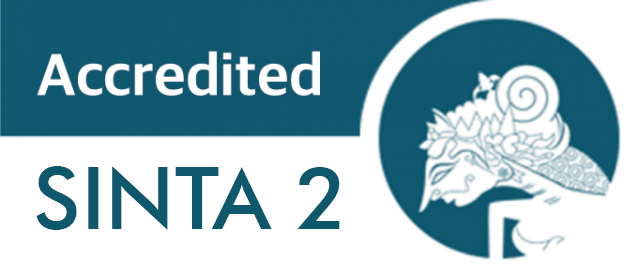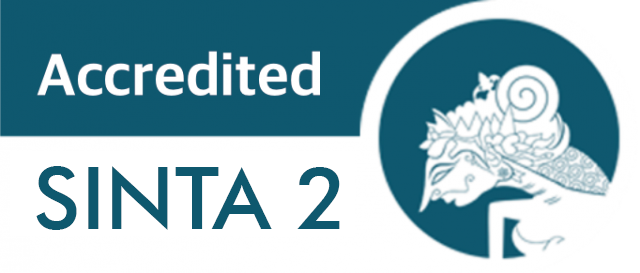The Dominant Personality Trait in Type 2 Diabetes Mellitus Patients at Dr. Soetomo General Hospital Surabaya
Downloads
Introduction: Diabetes mellitus (DM) is a chronic disease characterized by elevated blood sugar levels above the normal range. The global prevalence of DM increased, with over 90% of cases being Type 2 Diabetes Mellitus (T2DM). People attempted various physical therapies, including adopting a healthy lifestyle through dietary adjustments, physical activity, and pharmacological interventions. However, we have not extensively explored non-physical therapies related to personality traits, and the incidence of DM remains high. The Big Five Personality Theory encompasses openness, conscientiousness, extraversion, agreeableness, and neuroticism. Each personality trait is believed to have specific tendencies toward diseases, emphasizing the importance of identifying the dominant personality traits in T2DM patients. This study aims to identify the dominant personality type in T2DM patients based on the Big Five Personality Theory at Dr. Soetomo General Hospital Surabaya. Methods: We employed a cross-sectional approach for data collection, using Big Five personality questionnaires as the primary data sources. Results: Among the 68 T2DM patients who participated in this study at Dr. Soetomo General Hospital Surabaya, from October 2022 to May 2023, the mean age of patients was 51-60 years, with a majority of female participants (63.2%) and male participants (37.8%). The questionnaire results indicated that the dominant personality trait was agreeableness (85.3%). Conclusion: The dominant personality type in T2DM patients, according to the Big Five Personality Theory at Dr. Soetomo General Academic Hospital Surabaya, was agreeableness (85.3%).
Copyright (c) 2024 Delwi Novita S, Abdurachman, Jongky Hendro Prajitno, Izzatul Fithriyah, Anita Zara Weinheimer

This work is licensed under a Creative Commons Attribution-ShareAlike 4.0 International License.
1. Copyright of this journal is possession of the Author, by the knowledge of the Editorial Board and Journal Manager, while the moral right of the publication belongs to the author.
2. The journal allows the author(s) to retain publishing rights without restrictions.
3. The articles are published under a Creative Commons Attribution Share-Alike (CC BY-SA) license. Many research funding bodies prefer the CC BY-SA license because it allows for maximum dissemination and re-use of open access materials. Users are free to share (copy, distribute, and transmit) and remix (adapt) the contribution under this license, including for commercial purposes, as long as they attribute the contribution in the manner specified by the author or licensor.




























